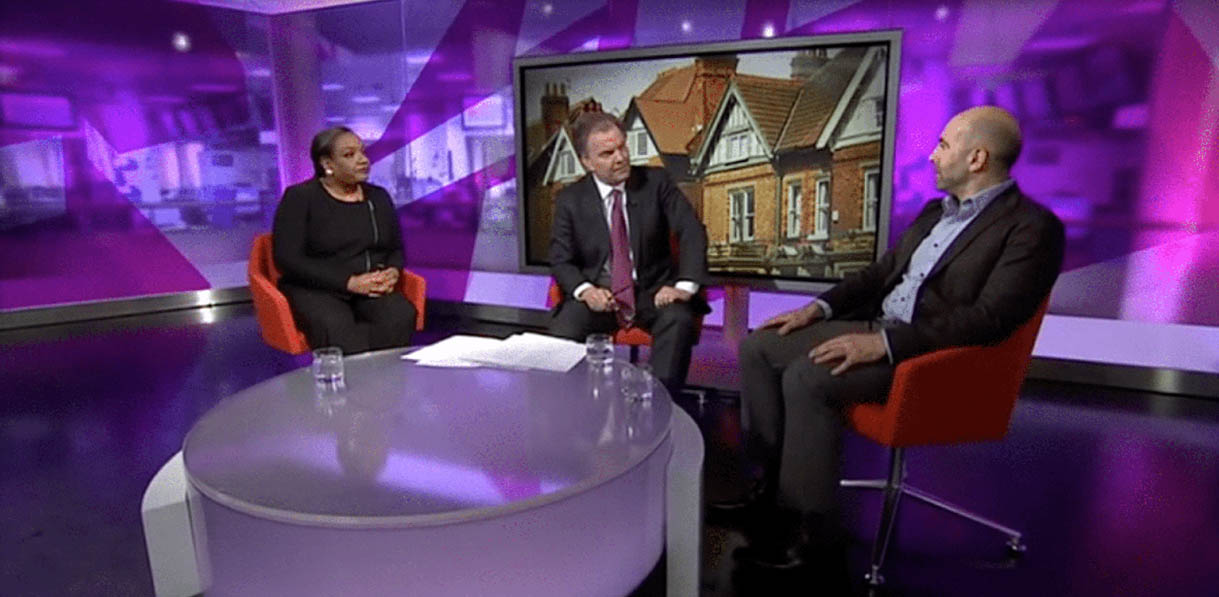 It never ceases to amaze me how something as seemingly benign as a valuation can be the cause of so much frustration. I’ve come to learn over the years that it is the most critical part of the financing process. It would seem that all kinds of legal uncertainties can be airbrushed away with an indemnity policy. But if the valuer says the property is worth less than you would hope or its condition makes it unfit as lending security, then you can kiss goodbye to your loan application – and your application and valuation fee, plus the month or so of processing time. So does it really have to be this way and is there anything you can do to make the process run more smoothly?
It never ceases to amaze me how something as seemingly benign as a valuation can be the cause of so much frustration. I’ve come to learn over the years that it is the most critical part of the financing process. It would seem that all kinds of legal uncertainties can be airbrushed away with an indemnity policy. But if the valuer says the property is worth less than you would hope or its condition makes it unfit as lending security, then you can kiss goodbye to your loan application – and your application and valuation fee, plus the month or so of processing time. So does it really have to be this way and is there anything you can do to make the process run more smoothly?
When you make a mortgage application there are some things that are known from the beginning. I will establish fairly quickly with the lender whether I as the applicant and the subject property fit criteria. As the applicant I know I will have to provide evidence to prove income. Most lenders will requires P60s and payslips if you are employed or accounts and SA302s if you are self employed or a company director. Lenders often require an accountant’s certificate too. Establishing income can be trickier if you are relying on bonuses or ‘unearned’ income from pensions or other investments. Owning too many properties or having the wrong type of tenants can also put you outside a lender’s criteria, so clearly you need to research which lenders you are going to get along with.
The lender and I will quickly establish whether the property fits criteria and if the monthly rent will cover the monthly mortgage payment. This is usually 125% of the interest only mortgage payment, but some lenders will use a theoretical interest rate that is higher than the payrate, for example 5%.
Once you are over these hurdles you should get a decision or agreement in principle, leaving one key hurdle to overcome – the valuation. I had two valuations recently where the valuers were in the property for a matter of minutes, yet my mortgage application outcome lay entirely within their power. Valuation land is a world of tick boxes, stock phrases and liability minimisation. The lender is effectively saying to the valuer that if they had to repossess the property and sold it for less than the valuation, they could make a claim against the valuer. The valuer is prepared to put a figure on the value of the property, but will almost certainly include caveats in the general remarks. Victorian houses in London that don’t have serious structural problems will always have “movement that appears longstanding and non-progessive” or “consistent with the age of the property.” The valuer is covering their back. Any hint of subsidence or damp and the valuer will recommend a structural or damp survey. I often buy properties that I hope to improve before letting and remarks such as “the property requires a scheme of upgrade, repair and improvement” have been included more than once. For a buy to let application, the lender usually requires the property to be ready to let. The general rule of thumb is habitability – the property must have a usable kitchen and bathroom and no structural or damp problems that are serious enough to require a mortgage retention until works are completed. Most lenders will be sensible and accept that a few weeks of redecoration prior to letting are fine, but will balk at the prospect of major works. There is also a little tension in the relationship between the valuer and the lender. If the valuer judges properties too harshly, the mortgage application will fail and the lender will lose business. But the valuer doesn’t want to lay himself open to repercussion. Don’t overreact to negative general observations, wait and see how the lender responds.
There is a pattern to appointments. The valuer visits properties in the morning and then uploads his reports in the afternoon usually onto an automated system like Valuation Exchange. Some borrowers think it helps to attend valuations and reassure the valuer, be he or she will take a dim view of any attempt to compromise their independence. Being present when the valuer visits is most common for revaluations. I will always let the valuer look around and before he goes show him the current AST to help him with the rental valuation, which is required for a buy to let mortgage. With a purchase, generally the valuer will honour the proposed purchase price. After all a property is worth what somebody is prepared to pay, that’s how markets work and the valuer has to be pretty brave to challenge this. But with a revaluation he is likely to be more cautious. When you suggest a figure for your further advance or remortage application I suggest you speak to agents and look at sold prices. In my experience the challenge is that there is often a gap between the two, or your property might be atypical. I recently had a revaluation carried out on a 3 storey 3-4 bed, 2 reception house where I had hoped for a valuation of £320,000, but got a disappointing figure of £280,000, halving the amount of extra capital I could raise. I think this was partly because it is the only 3 storey house in the vicinity and there have been very few recent sales there. Sometimes I take some comparables with me when I meet the valuers with a view to having a chat about the local market. If you do this you must tread carefully, he has a lot of power and you don’t want to incur his wrath.
Valuers do tend to err on the side of caution on remortgages and I know colleagues who have successfully challenged their decisions. Generally in this situation you will be asked for three recent and local comparable sold prices. That sort of data is abundantly available of rightmove, where you can even see photos and layouts to see just how comparable the properties are. I am also struck by the inconsistency of valuation services. Some valuers seem so miserable and unwilling to engage, I imagine valuing 6 properties a day for the past 5 years has reduced them to something of a number crunching robot working with a system that allows them to speak only in stock low liability phrases. Others have been jolly, happy to chat, given me their card and even valued the property for more than my estimate.
Now those all powerful valuers have spoken on my new property purchase and further advance applications, I can breathe a sigh of relief – until the next time.








